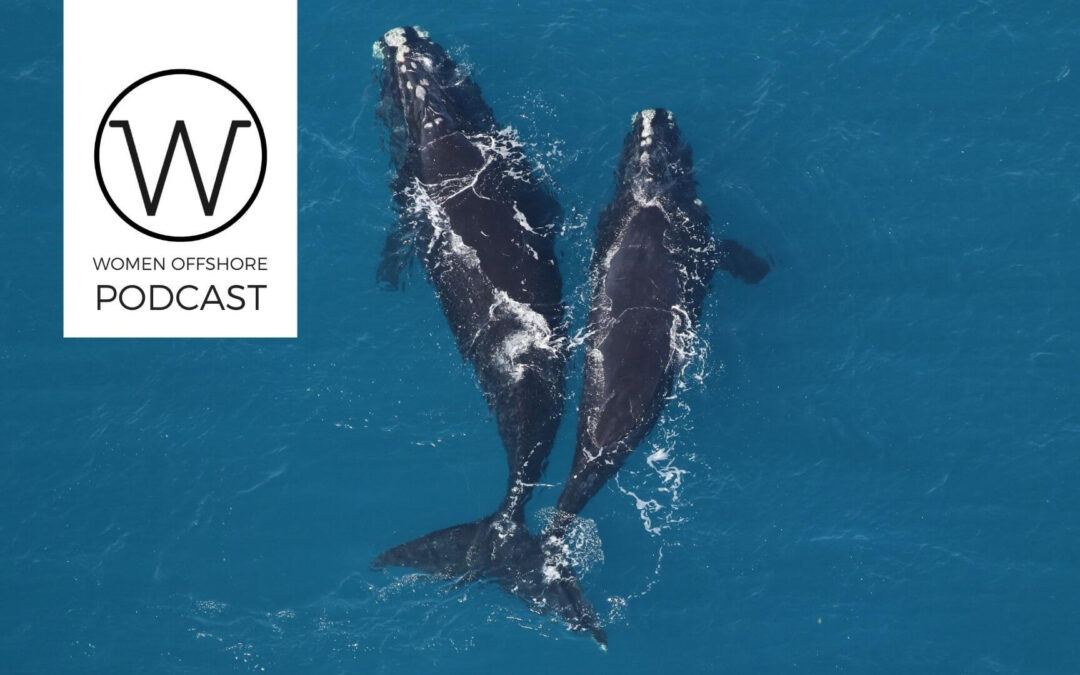The North Atlantic Right Whale needs your help.
North Atlantic right whales were often found near shore, swimming slowly, and tended to float when killed, making them the “right” whale to kill. They were aggressively hunted, and their population dropped from peak estimates of up to 21,000 to perhaps fewer than 100 by the 1920s.
Whaling of North Atlantic right whales was banned in 1935, enabling their population to increase to as many as 483 individuals by 2010. Unfortunately, that progress has reversed and the right whale population is now dwindling.
5 Fun Facts About North Atlantic Right Whales From Oceana.org
- North Atlantic right whales grow up to 52 feet (15.8 m) long and weigh up to 140,000 pounds (63.5 metric tons).
- North Atlantic right whales can live up to 70 years. Researchers use their ear wax to determine their age after they have died.
- North Atlantic right whales have rough, white patches on their heads known as callosities that are unique to each individual.
- North Atlantic right whales travel more than 1,000 miles (1,609 km) between calving grounds in the U.S. Southeast and feeding grounds in the U.S. Northeast and Canada.
- North Atlantic right whales socialize at the water’s surface in what is known as “surface-active groups.” They can also often be seen breaching and slapping their tails and flippers at the surface.
Oceana, founded in 2001, is the largest international advocacy organization focused solely on ocean conservation. They released a new report this summer, finding that most vessels are exceeding speed limits in areas designed to protect the critically endangered North Atlantic right whales, and one of the major causes of death for the species is whale strikes. In their study, Oceana analyzed vessel speeds from 2017 to 2020 in speed zones established by the National Oceanic and Atmospheric Administration (NOAA) along the U.S. Atlantic coast, and found non-compliance was as high as almost 90% in mandatory speed zones, and non-cooperation was as high as almost 85% in voluntary areas.
 On the podcast today is Brianna Fenty, protected species campaign fellow at Oceana. providing support to campaigns advocating for North Atlantic right whale protection and deterring irresponsible fishing practices. She’s here to talk about Oceana’s study and what we can do to save the North Atlantic right whale.
On the podcast today is Brianna Fenty, protected species campaign fellow at Oceana. providing support to campaigns advocating for North Atlantic right whale protection and deterring irresponsible fishing practices. She’s here to talk about Oceana’s study and what we can do to save the North Atlantic right whale.
About the Featured Photo
The featured photo is of two North Atlantic right whales socializing 30 miles east of Jekyll Island on February 15, 2018 and photographed by CMA Research Institute (NOAA Permit: #20556). On the left side is a 9-year-old female and on the right is a smaller right whale that has not yet been cataloged and is likely 1 or 2 years old. See more photos on the Flickr page.
Have a Listen & Subscribe
The Women Offshore Podcast can also be found on Apple Podcasts, Google Play, and most podcast apps. Make sure to subscribe in whatever app you use, so that you don’t miss out on future episodes.
Podcast: Play in new window | Download (Duration: 13:46 — 19.4MB)
What did you think of the show?
Let us know what you think by leaving a review on Apple Podcasts or wherever you listen to podcasts. You can also reach out by sending us an email at [email protected].
Even More
The Women Offshore Podcast is a part of the Oil and Gas Global Network, where you can find the great energy podcasts. Go have a listen to what’s playing at OGGN in the known regarding energy issues and hot topics.











Recent Comments